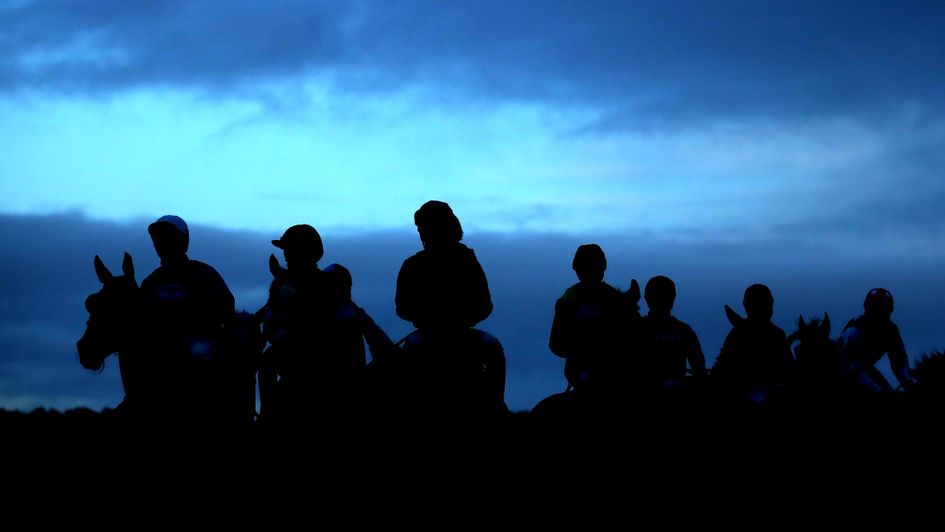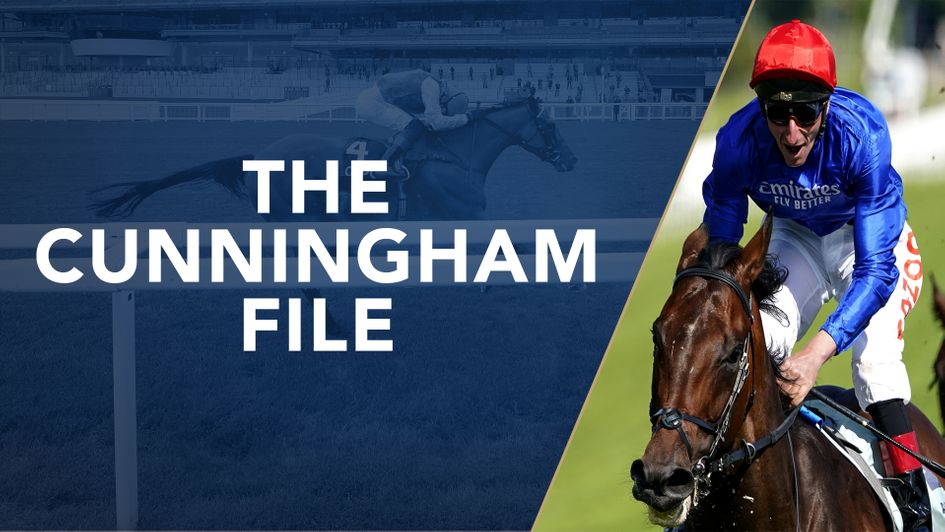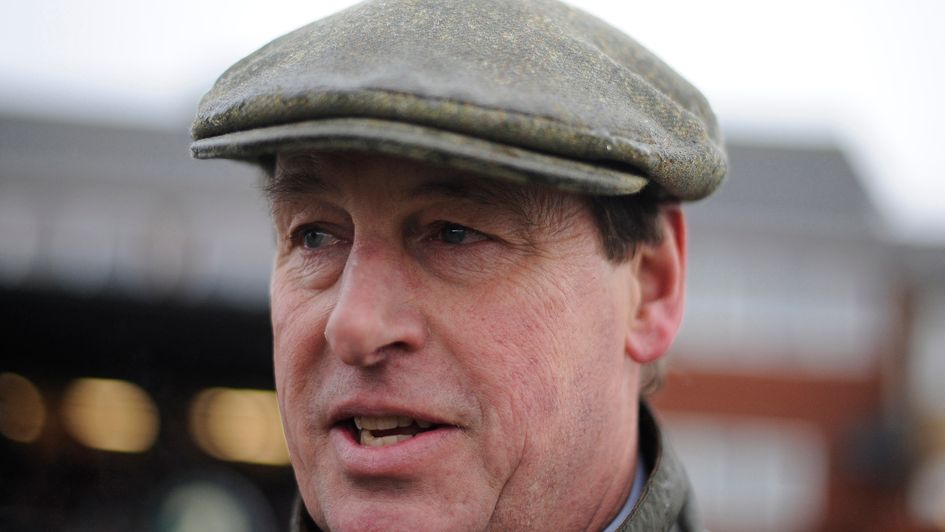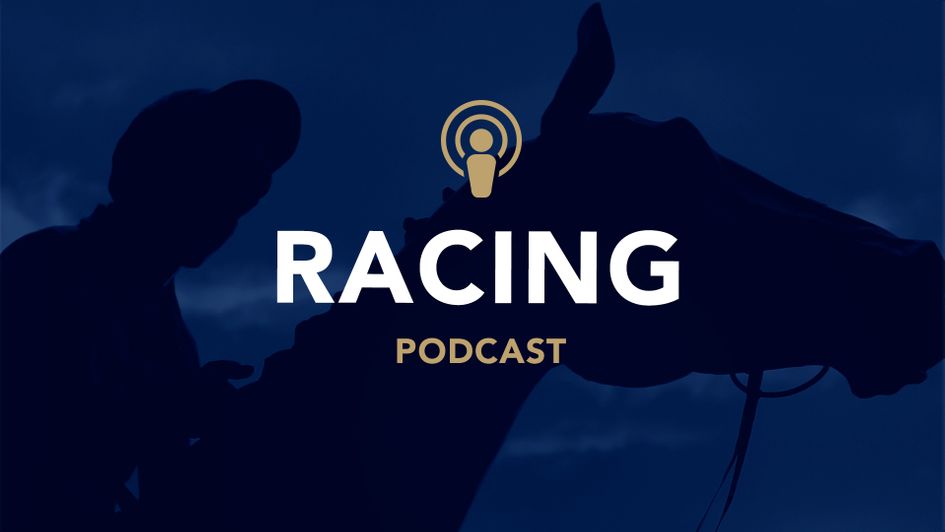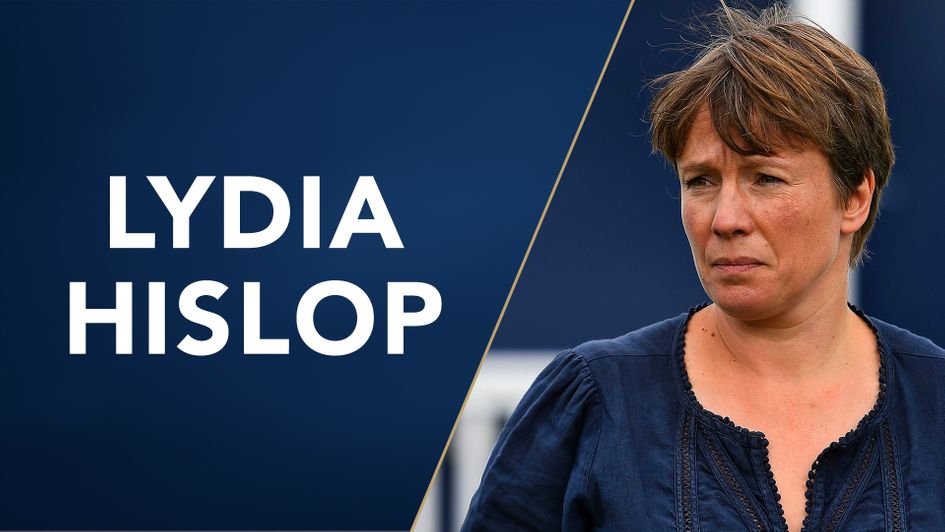
Panorama reaction: Lydia Hislop on the challenges racing faces plus the opportunities
Our columnist on the big challenges - and key decisions - faced by the sport in Britain and Ireland following Monday's Panorama programme.
The inhumane practices resulting in the suffering of horses destined for slaughter, graphically exposed by the BBC’s Panorama this week, demand an urgent response. Yet the racing industry, rather than complain about an attempt to vilify the sport or opine about the show missing its mark, should also use this moment to react to the exposé that could have been made.
It’s uncontroversial to assert that if an animal must be euthanised, or is slaughtered for meat, it should meet with a humane ending. However, that’s merely one aspect of a larger problem for the racing industry. It has bigger questions to answer, regarding numbers. How many dead thoroughbreds, in any given year, and at what age, is too many for a responsible industry? Whether or not you like that question, the sport currently has no answer.
That’s racing’s underlying shame: it doesn’t know how big its problem is. Cradle-to-grave traceability of thoroughbreds does not yet exist. The sport simply does not have comprehensive data – and what data it does have is fragmented. Therefore, although it has indisputably made great improvements in the realm of aftercare in recent years particularly in Britain, it cannot yet without exception deliver the duty of care beholden on an animal-reliant sport.
That’s got to change – and it’s been encouraging that so many within the industry have responded not by being defensive about Panorama but by recognising the wider implications of its findings.
It’s also worth acknowledging that, reputationally, it doesn’t matter to the public – nor should it – whether these horses are trained or owned in Britain or Ireland. On a point of morality, it is also immaterial. British and Irish horses are registered in the same place, the Weatherbys stud book, and they go on to race, be traded and bred from, by either country. It’s a reality that demands a joined-up strategy.
The first steps, in direct response to this programme, are already being taken.
Horseracing Ireland has asked the Gardai to investigate how the identifying microchip from 2014 Cheltenham Foxhunter winner Tammys Hill seemingly came to be found in a different horse in an abattoir in Swindon. HRI has also asked the Department of Agriculture, Food & the Marine to look into the alleged transportation of horses – some of them in no fit state to be moved – from Ireland to Swindon in 2019 and 2020.
The racehorse dealer, unnamed but described in the programme by suspended trainer Gordon Elliott as a “longstanding and well recognised individual in the racing industry”, clearly has questions to answer. In the first instance, that duty probably falls to the Department of Agriculture’s investigative arm. Although the allegations levelled against this dealer suggest an abhorrent lack of regard for animal welfare, it would need to be established whether he has in fact broken any law.
Once the evidence of this case has been weighed, might the Irish and British racing authorities take action to exclude him from the sport, meaning that no licensed individual is permitted to associate with him? Does this dealer have any ongoing or previous relationships with British trainers? Equally, there might be other dealers who pursue such undesirable practices and also need addressing.
However, if the assertions made in the programme are true – in particular the long-distance transportation of injured horses, including the intermittently lame Kiss Me Kayf – the case for having brought the sport into disrepute is plain. There is no place for such attitudes in this sport if it is going fulfil its social contract.
The authorities must also follow the money: why was it profitable, with all the costs involved, to ship horses from Ireland to Britain for slaughter? It has since been asserted that the dizzying paperwork necessitated by Brexit has probably rendered this reprehensible practice uneconomic since 1 January 2021. However, it must be possible that the complexities presented by the unresolved land-border policy between Britain and the EU on the island of Ireland might yet present some risk.
They must also face up to whether there a systemic problem with microchip fraud. If that is the case, not only does it risk human life via entering a contaminated animal into the food chain, but it also jeopardises whole-life traceability ambitions for the sport.
At a governmental level, there needs to be better, intelligence-led checks on the movement of horses across borders. In Britain, there is currently an ongoing consultation process on its welfare and transport regulations in which the racing industry must continue to play a part. Panorama also exposed the need for species-appropriate slaughter regulations – and for those to be properly and consistently enforced by government.
Then, the British Horseracing Authority and HRI – who already began talks within hours of Panorama airing – must knuckle down together to address the wider issues raised – and those not raised. Yes, there are differences in funding structures and tensions about spending money for the partial benefit of another jurisdiction. There may even be nuanced but legitimate cultural differences between British and Irish attitudes to horses.
But just as the racing and breeding industries are intrinsically linked, so are these two countries that host them. They must harmonise their approach wherever they can. Everything should be on the table: traceability, registration, aftercare set-ups, financial models, participant education, enforcement, euthanasia and slaughter policy, the food chain and – crucially – whether production outstrips demand.
The reach of both authorities is admittedly finite. They cannot currently regulate in the areas of breeding, pre-training, the sales process, slaughterhouses, overseas exports or rehoming. But welfare concerns in all of these areas impact on the medium-to-long term health and even viability of the racing industry and each link in that chain has a role to play, and responsibility, to minimise risk and maximise welfare for the animals on which their livelihoods depend.
On traceability, the relatively recent introduction on both sides of the Irish Sea of the requirement to register a thoroughbred foal within 30 days of its birth is a great starting point. The ePassports developed by Weatherbys, the first of which was issued only last week to a colt foal by Calyx, is another huge stride forwards. This highly advanced digitised identification process will apply to all horses born in Britain and Ireland this year and links all regulatory and legislative requirements relating to health, welfare, movement and ownership. It should prove less vulnerable to fraud than existing paper-based passports.
However, as World Horse Welfare chief executive Roly Owers points out, that information also needs to be integrated with a digital system at governmental level and those databases need to be able to talk to each other, both within Britain and across borders – most especially with Ireland, given the scale of our mutual trade and movement. There is a consultation process on equine-identification law later this year.
At a joint committee meeting of the Irish parliament earlier this week, Fianna Fail TD (the Irish equivalent of MP) Joe Flaherty acknowledged that the ownership and traceability of horse movement is a “grey area” in Ireland. “We have an issue with traceability of horses in this country, and it’s spread across a number of regulatory bodies,” he said. “We need to get horse ownership in Ireland, the traceability and where they are sold, how they are sold and where they are exported all into one central database.”
The Agriculture Department’s deputy chief veterinary officer Michael Sheahan even acknowledged that traceability in the horse sector is “nowhere near” as good as the cattle sector. “We have a Rolls-Royce system when it comes to cattle,” he added. “In horses we don’t, but we have come a long way.”
Even within the racing industry, though, what happens to those foals who do not end up on the racecourse is not sufficiently known. Also, at whatever point they retire from racing, there is a chasm between the numbers known to have left the sport and centralised oversight on where all of those horses end up.
Many trainers proudly assert that they know the whereabouts of all the horses who leave their premises – indeed many of them took to social media to advertise their admirable sense of personal responsibility in the wake of Panorama – but that is not the case for all trainers and all horses. The first transfer of post-racing ownership is often the crucial one and the more exchanges that are made, the greater the risk that a horse drops off the radar.
If you send a horse to auction, or to a dealer, you cannot be confident of its fate. However, it is neither practical or realistic to moralise to the extent that the trading of horses is delegitimised. Neither is it sufficient, essential though it is, to rely on educating owners about their lifelong responsibilities towards a horse. The implications cannot be so morally paralysing that people are discouraged and disincentivised from entering racehorse ownership in the first place.
Instead, the industry needs to provide clear and accessible pathways for horses that cannot, or can no longer, race – and a comprehensive charitable safety-net for those that slip through the cracks. Britain’s Retraining of Racehorses programme has already achieved great success in this sphere, to the extent that the rehoming and repurposing thoroughbreds is a vibrant and commercially viable option. People pay good money for slow horses to live happy lives, doing a second or third job.
The availability of this resource is an avenue that, via cooperation and signposting, Irish thoroughbred owners could explore to a greater extent than currently exists. Even though Ireland is still a more rural economy than Britain (although it’s following down the path to increased urbanity all the time), the rehoming market is simply larger over here with a population of around 66 million people as opposed to 5 million over there. Indeed, a surprising lockdown spin-off has been a marked growth in the number of British ‘happy hackers’ seeking ex-racehorses, more as pets than sporting or working animals – a market that does not so much exist in Ireland.
These aftercare options need funding and comprehensive structuring, spanning the two jurisdictions in a harmonised strategy, in order to maximise their impact. These could be incentivised via centralised funding, with a charitable element where necessary. Anticipating an economic crisis caused by the Covid pandemic, for example, British racing developed the Racehorse Relief Fund, which made available £2.5million in hardship support for any racehorse owners no longer able to pay for their horses.
But the Anglo-Irish industry also needs to initiate several grown-up conversations in this space. The obvious implication of selective breeding, such as that pursued by the thoroughbred industry in trying to breed the best, is that some horses won’t be good enough for that primary purpose. The ambition must be not to produce, knowingly or unknowingly, more horses than can be accommodated by the sport and, whatever that number is, that those horses who do not make the grade have better, more accessible repurposing options (where appropriate).
A joined-up euthanasia policy is also required. Squeamishness about the availability of this option has no place in this conversation. Sometimes it is the best, most responsible option for a horse – especially if it is unsound or temperamentally unsuitable for an alternative career. Quality of life is paramount and it must be better that an animal meets a humane death rather than fall into suffering via malnutrition, neglect or abandonment.
The circumstances of euthanasia should also be agreed on an Anglo-Irish basis. Currently, there might well be some cultural differences in this realm, with best practice in Britain being that the owner pays for this to take place in the familiar surroundings of a horse’s home, minimising stress for the animal. Many trainers step up to make and fund this decision, where appropriate, if left holding the horse. In Ireland, the option of slaughterhouses appears more socially acceptable.
However, in the case of an infirm horse like Kiss Me Kayf, regardless of jurisdiction it is questionable whether any form of journey should play a part in the end of a life – even if, as was reportedly the case in this instance, the slaughterhouse was a short distance from the yard. Clearly, not all horses will be so conveniently located.
Last year, the independently chaired Horse Welfare Board, which advises the British racing industry on welfare, published euthanasia guidelines that make clear every other avenue should first be considered and this course of action only taken “in the best interests of the horse, considering both current and future circumstances”. It also advises on how and where it should be carried out, stating: “Whenever possible, euthanasia should be performed at home or in suitable surroundings”. This could be used to inspire a pan-industry standard.
Calls to remove thoroughbreds from the human food chain are also worthy. This could be instituted by the industry as a matter of course for all thoroughbreds on registration as a foal, rather than the current system which enables owners voluntarily to sign horses out, or a vet mandatorily signing them out if they receive medication that would contaminate the food chain. But if the racing industry adopts this as an official policy, it must be able to underpin that decision with a failsafe alternative plan for each and every horse it breeds.
The industry might also consider removing any financial hurdles that disincentivise choices other than sending a horse for slaughter. That said, if you’ve paid around £50 a day to have a horse in training, paying around £300 for a vet to euthanise a horse at home – rather than someone making a few quid for its meat – seems the very least a human being should do.
Finally, the Anglo-Irish breeding and racing industries need to face up to the problem of overproduction. If they are routinely breeding more horses than the sport needs – and many experts believe that to be the case – they are creating an unnecessary and unaddressed welfare problem. Supply cannot grossly outstrip demand.
Admittedly there is a hard-to-judge time-lag of two-and-a-half years between the decision to breed from a mare and taking that foal to market for Flat racing – longer over Jumps – but nonetheless supply cannot be allowed grossly to outstrip demand. Put simply, society won’t tolerate such irresponsibility, and cowardly or cynical opacity won’t make the problem go away.
Nobody is pretending these subjects are comfortable, or the solutions easy. But good things can happen when an industry takes an unblinking look at itself, with the ambition of making it better for all involved and safeguarding its own future. Perhaps the best thing about the Panorama programme is it finally seems British and Irish racing has the stomach for a larger task.
Next Off
Most Followed
MOST READ RACING





